1. The Bald Eagle
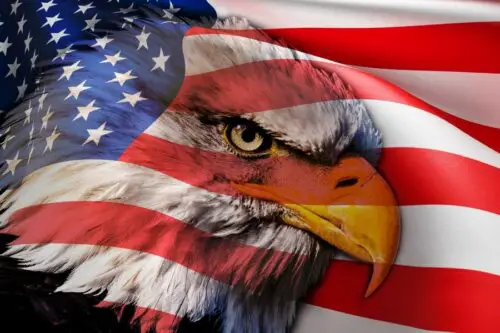
When you see a bald eagle soaring overhead, it’s hard not to feel a sense of American pride. Most people know it’s the national bird, but fewer know it was chosen in 1782 for its long life, strength, and majestic appearance. What’s interesting is that Benjamin Franklin actually preferred the turkey, thinking the eagle had “bad moral character.” The eagle has since become a symbol of freedom and resilience, appearing on everything from coins to government seals.
But the bald eagle wasn’t always a common sight in the U.S. By the mid-20th century, pesticide use and hunting brought it close to extinction. Conservation efforts, like the banning of DDT, helped the population rebound, making it a symbol not just of freedom, but also of environmental recovery. So, when you see it, remember it carries centuries of symbolism—and a conservation success story. It’s more than just a pretty bird in the sky.
2. The American Flag
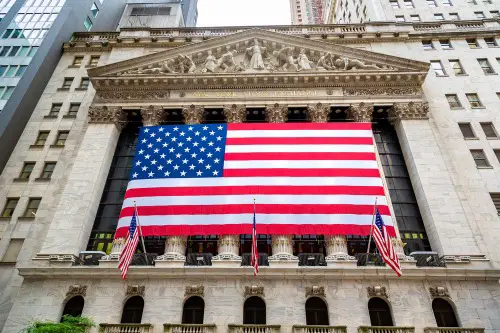
Everyone recognizes the stars and stripes, but do they really know what they represent? The 50 stars symbolize the current 50 states, and the 13 stripes reflect the original colonies that fought for independence. Beyond that, the colors themselves—red for valor, white for purity, and blue for justice—carry deep symbolic meaning.
However, the flag has also evolved over time. The original flag had fewer stars and stripes, and each addition reflected the growth of the nation. People often underestimate how much political and cultural history is woven into this fabric. The flag is more than decoration—it’s a visual story of America itself.
3. The Liberty Bell
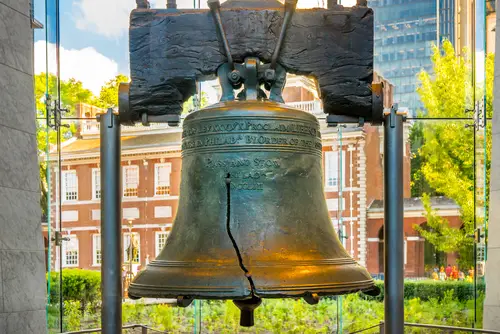
You’ve probably seen it in photos or on souvenirs, famously cracked and iconic. Many assume it was rung on July 4, 1776, but it actually gained historical fame for ringing on July 8 to mark the first public reading of the Declaration of Independence. The crack itself has a mysterious history, with multiple attempts to repair it failing over the years.
The Liberty Bell symbolizes freedom, but specifically freedom from tyranny and oppression. It became a rallying icon for abolitionists and civil rights activists long after the Revolution. Its simple message, “Proclaim LIBERTY Throughout all the Land unto all the Inhabitants Thereof,” resonates even today. It’s a reminder that freedom is both celebrated and continuously fought for.
4. Uncle Sam
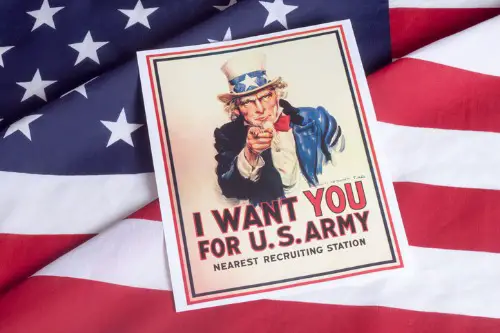
The pointed hat, white goatee, and stern expression—Uncle Sam is instantly recognizable as the personification of the U.S. government. The character traces back to the War of 1812 and is thought to originate from Samuel Wilson, a meatpacker who supplied barrels of beef to the Army. “U.S.” stamped on the barrels supposedly became “Uncle Sam.”
Uncle Sam is more than a quirky figure; he’s a reflection of national identity. During WWI and WWII, his image was used in recruitment posters that became iconic worldwide. His serious stare represents duty and civic responsibility, not just patriotism. People may think of him as cartoonish, but he embodies a complex history of government, war, and civic duty.
5. The White House
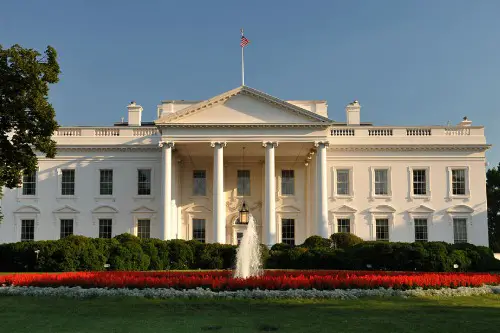
Everyone recognizes the White House as the President’s residence, but it’s also a symbol of democracy and political power. Designed by James Hoban and completed in 1800, it’s more than just a fancy home—it’s a working office for the country’s leader. People often forget that it’s been burned, rebuilt, and renovated multiple times.
Beyond architecture, it has been a stage for history. From signing landmark legislation to hosting international dignitaries, the White House represents the functioning of the American government. Its iconic portico has been photographed millions of times, but its true meaning lies in governance and public service. It’s both a home and a symbol of national identity.
6. The Statue of Liberty
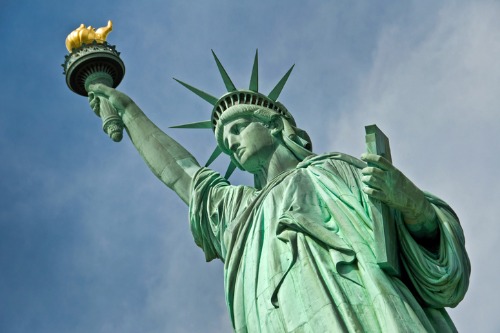
Lady Liberty is famous for holding her torch and welcoming immigrants at Ellis Island, but her meaning goes deeper than immigration. A gift from France in 1886, she was intended to celebrate liberty and the friendship between the two nations. Her crown’s seven spikes represent the seven continents and seven seas, signaling freedom across the world.
Many people don’t know that she was originally designed as a lighthouse to guide ships into New York Harbor. The broken chains at her feet symbolize liberation from oppression. She’s a beacon, not just for Americans, but for anyone seeking freedom. Every detail was intentional, making her a layered and enduring symbol.
7. Mount Rushmore
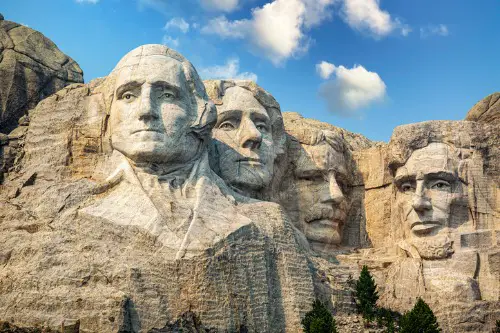
Mount Rushmore isn’t just a massive sculpture in South Dakota; it’s a story of American ideals carved in stone. Featuring Washington, Jefferson, Lincoln, and Roosevelt, the monument represents leadership, expansion, unity, and preservation. But fewer people realize the mountain is sacred to the Lakota Sioux, and its construction was controversial from the start.
The monument reflects ambition and national pride, but also historical tension. Sculptor Gutzon Borglum intended it to promote tourism and commemorate America’s development. It’s a reminder that symbols can carry multiple meanings—both pride and controversy. Visitors often marvel at the scale without understanding the full story behind it.
8. The Great Seal of the United States
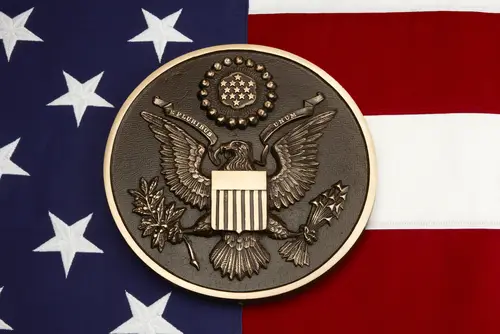
You’ve seen this eagle on official documents, but what do all its elements mean? The 13 arrows and olive branch in its talons reflect a dual message: America seeks peace but is ready for war. The eye in the pyramid on the reverse side is often associated with vigilance and divine guidance.
Many people assume it’s just decorative, but it’s carefully designed to represent government authority and values. The motto “E Pluribus Unum” reminds us that the nation is made of many states and people, united as one. It’s a symbol of unity, power, and principles, all at once. The details are intentional, and each element carries weight.
9. The Pledge of Allegiance
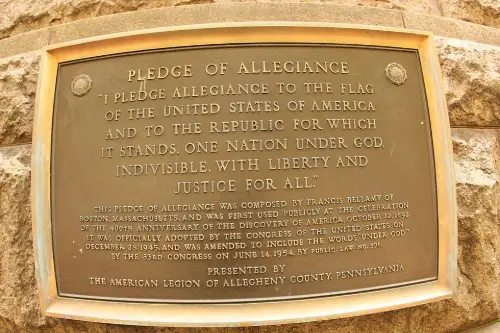
Most Americans recite it in school, but not everyone understands its origins. Written in 1892 by Francis Bellamy, the original version has been modified several times, with “under God” added in 1954 during the Cold War. It’s a patriotic exercise, but it’s also a reflection of American values evolving over time.
It emphasizes unity and loyalty to the nation, but it’s also a personal reminder of civic duty. Reciting it is less about rote memory and more about acknowledging the ideals the country strives for. The Pledge is a verbal symbol, carrying meaning through words rather than imagery. Its history reveals how symbolism adapts to political and social shifts.
10. The Lincoln Memorial
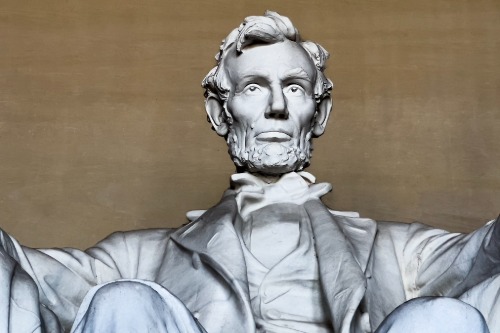
Everyone recognizes the giant seated statue of Abraham Lincoln in Washington, D.C., but most don’t realize it’s packed with symbolism. The 36 columns represent the states in the Union when Lincoln died, and the statue itself is designed to evoke both strength and compassion. The inscriptions of his speeches remind visitors of the principles of freedom and equality.
It’s more than just a monument—it’s a space for reflection and civic engagement. Iconic moments, like Martin Luther King Jr.’s “I Have a Dream” speech, took place here, turning it into a symbol of civil rights as well. People often focus on the grandeur of the statue, but its true power lies in its message of unity and justice. Visiting it is as much about ideas as it is about architecture.
11. The American Bald Eagle on the Dollar Bill
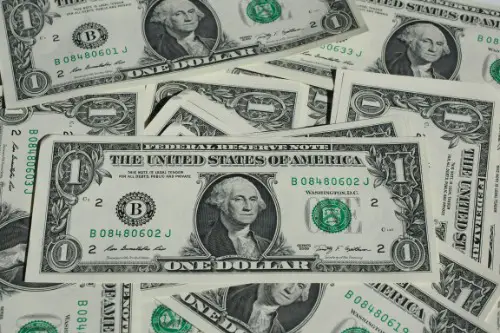
We see it every day, but rarely consider the symbolism. The eagle on the one-dollar bill carries an olive branch and arrows, just like the Great Seal, representing peace and readiness for defense. The phrase “In God We Trust” reinforces the nation’s values on paper currency.
Currency is a subtle but powerful way symbols enter daily life. Most people handle dollars without thinking of the history or principles behind the imagery. It’s a quiet reminder that the nation’s ideals are literally in our hands. Symbols like this merge practicality and meaning seamlessly.
12. The National Anthem
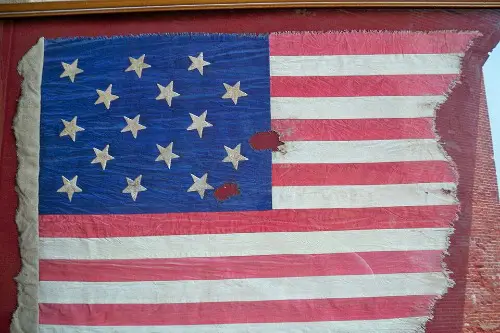
“Star-Spangled Banner” is more than a song—it’s a story of resilience. Written during the War of 1812 by Francis Scott Key, it celebrates the flag surviving the bombardment of Fort McHenry. While everyone knows the tune, fewer people think about the lyrics and what they represent: courage, endurance, and national identity.
The anthem serves as a ritual of patriotism, performed at events big and small. Its symbolism is layered—historical, musical, and emotional all at once. Singing it connects people to a shared past, even if the historical details are overlooked. It’s a reminder that symbols aren’t just visual—they can be auditory too.
This post 12 American Symbols Everyone Recognizes—but Few Understand was first published on American Charm.


